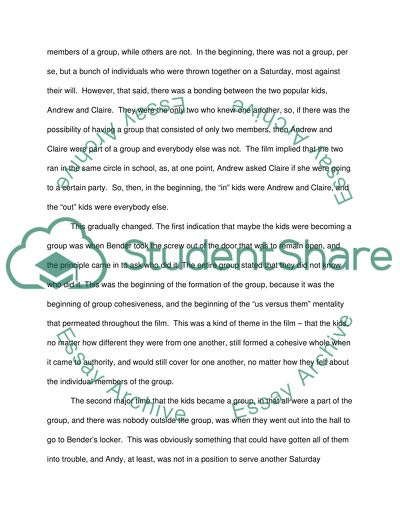Cite this document
(The Most Fluid Dimension in the Film Essay Example | Topics and Well Written Essays - 2500 words, n.d.)
The Most Fluid Dimension in the Film Essay Example | Topics and Well Written Essays - 2500 words. https://studentshare.org/environmental-studies/1413255-the-most-fluid-dimension-in-the-film
The Most Fluid Dimension in the Film Essay Example | Topics and Well Written Essays - 2500 words. https://studentshare.org/environmental-studies/1413255-the-most-fluid-dimension-in-the-film
(The Most Fluid Dimension in the Film Essay Example | Topics and Well Written Essays - 2500 Words)
The Most Fluid Dimension in the Film Essay Example | Topics and Well Written Essays - 2500 Words. https://studentshare.org/environmental-studies/1413255-the-most-fluid-dimension-in-the-film.
The Most Fluid Dimension in the Film Essay Example | Topics and Well Written Essays - 2500 Words. https://studentshare.org/environmental-studies/1413255-the-most-fluid-dimension-in-the-film.
“The Most Fluid Dimension in the Film Essay Example | Topics and Well Written Essays - 2500 Words”. https://studentshare.org/environmental-studies/1413255-the-most-fluid-dimension-in-the-film.


